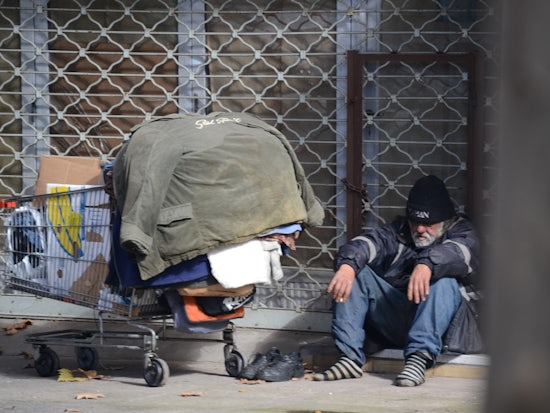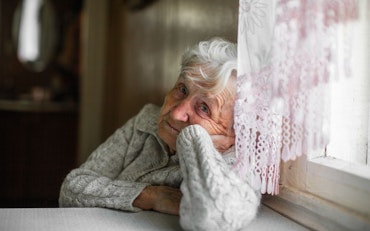More older Australians without a place to call home
New and groundbreaking data released by the Australian Bureau of Statistics (ABS) has revealed the true extent of the nation’s homelessness issue, making note of the continual rise of homeless older Australians over the years.

More older Australians are without a home according to new ABS statistics (Source: Shutterstock)
The 2016 Census of Population and Housing was released on 14 March and shows that homelessness in Australia is on the rise – focusing on three key groups such as youth, those displaced by domestic and family violence and Aboriginal and Torres Strait Islander Australians, but also notes a rise of homeless older Australians.
A steady increase is shown in the report which shows the number of homeless persons aged 55 and above has “steadily increased” over the past three Census, from 12,461 in 2006, to 14,581 in 2011, and 18,625 in 2016, with the rate of older persons experiencing homelessness also on the increase from 26 persons per 10,000 of the population in 2011 up to 29 in 2016.
“Older Australians (aged 55 years and over) made up 16 percent (18,625 persons) of the total homeless population in 2016,” the ABS says.
“Older Australians are the only age cohort where persons living in ‘severely’ crowded dwellings is not the operational group with the highest population.
“For older persons, most are in boarding houses (27 percent), followed by staying temporarily in other households (24 percent).
“Males accounted for 63 percent of older Australians who were homeless on Census night in 2016, increasing by 26 percent (or 2,407 persons) to 11,757 in 2016.
“The number of homeless Australian females increased by 31 percent to 6,866 in 2016, up from 5,234 persons in 2011.”
The ABS also notes that in 2016, older Aboriginal and Torres Strait Islander Australians accounted for 8 percent of all homeless Aboriginal and Torres Strait Islanders.
Housing for the Aged Action Group National Development Worker Jeff Fiedler has responded to the release of the data, saying the figures while shocking, are “not surprising”.
“The numbers of homelessness are increasing very significantly, especially the figures relating to older women experiencing homelessness,” Mr Fiedler explains.
“It’s a trend we have been identifying for some time and the problem is the governments, both nationally and state, are yet to come to grips with this issue.
“At the moment they are not even acknowledging that the problem exists, and unfortunately we do seem to need to shock the government to get them to act.
“Things need to be put in place to deal with these growing issues, or it will only get worse with our ageing society.”
Mr Fiedler says he hopes these new statistics from the ABS will shock the government into making decisions and change.
“It is an absolute disgrace to see so many of our older members of the community to be put in this position, to be either homeless or on the brink of homelessness,” he explains.
“There is a human story behind these statistics and that is what we, as a society, need to focus on.
“People need to see the trauma this all causes for older people in their 60s, 70s and 80s facing eviction due to unaffordable housing on a pensions and low home ownership, or who are experiencing homelessness already.
“They are faced with emotional impacts, stress, health impacts – this societal issue has and can cause. It adds to the burden, causes ill health and we’d even say premature death.”
Mr Fiedler adds that there is also in turn a huge impact on the aged care and health systems in general, and recommends change to prevent the issue from growing rather than dealing with a “crisis” in the coming years.
Aged care provider HammondCare is one of the many community-focused organisations working towards a solution for homelessness now – particularly among older Australians – with the development of a new residential aged care home for homeless people or those at risk of homelessness in inner-city Darlinghurst, New South Wales.
HammondCare CEO Stephen Judd says the ABS figures highlight the growing number of older homeless people in Australia, and a “significant social issue”.
“With an ageing population, we are facing the grim realisation that more and more people are facing their older years without secure accommodation,” he says.
“Many of these people also have complex health and aged care needs.
“This is a situation that needs addressing as a matter of priority.”










